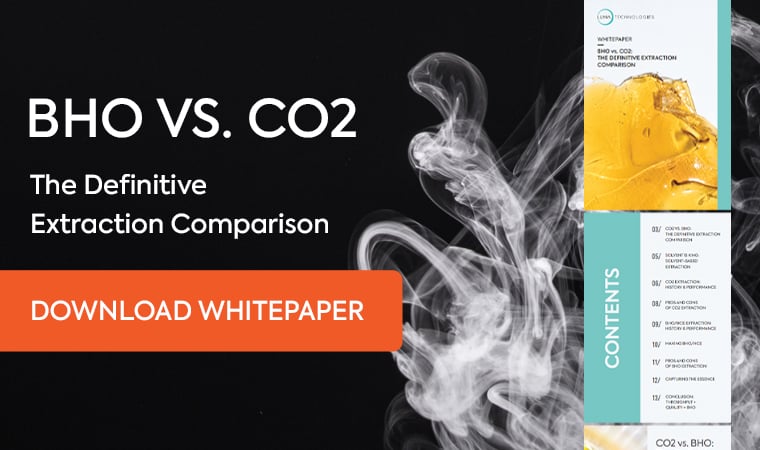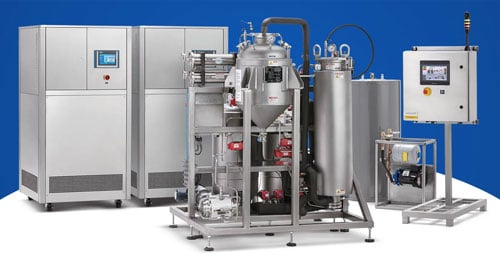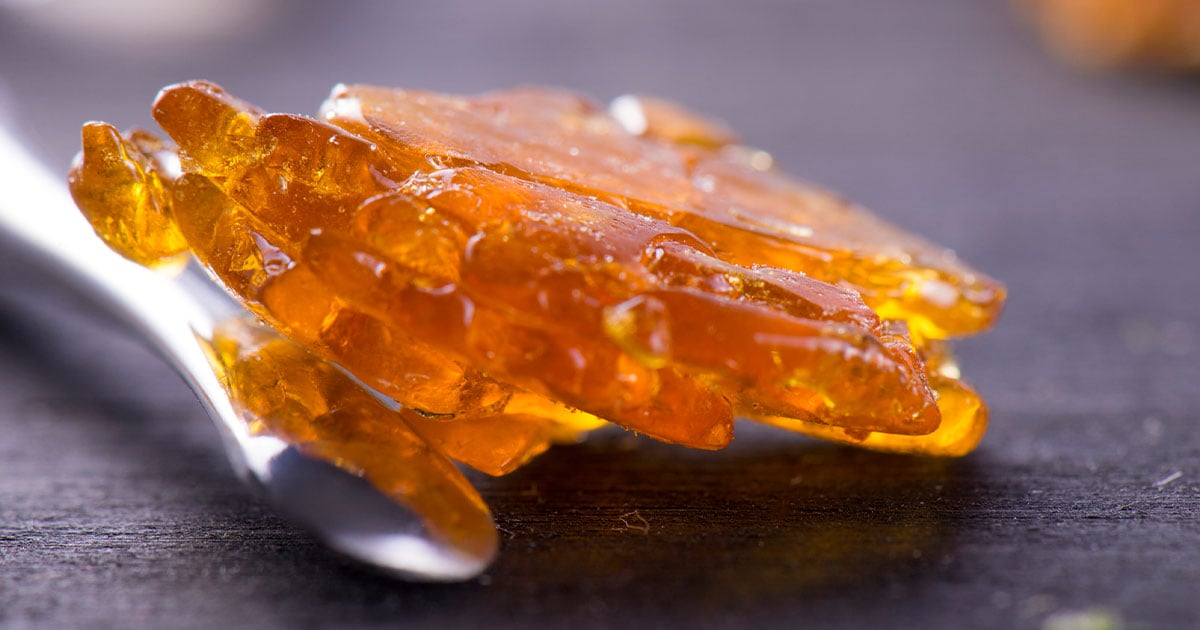
Cannabis extraction facilities can be a cauldron of potential hazards if a laboratory does not have the appropriate safety measures and systems put in place. From fire to explosions to asphyxiation, the dangers lurking in extraction labs are many.
Lab managers are responsible for addressing the potential hazards with the right safety protocols. That is why we have assembled our top safety tips for lab managers and equipment operators to follow throughout every step of the extraction process.;
When Rules and Regulations Are Not Enough
Over the past few years, cannabis extraction has been growing with a safety-first approach due to the many rules and regulations put in place by states and municipalities. Regulatory oversight has helped practically eliminate safety risks that were common before rules were put in place.
In unlicensed and amateur extraction facilities, operations would, and did, lead to exploding garages, burned-down apartments, contaminated concentrates, and lackluster oils. Licensed operators must now follow these regulations to remain state compliant and ensure worker safety.
However, even with strict rules and regulations put in place, a manufacturing facility can still be vulnerable to hazards of working with flammable materials that could end up in the final product if improper purging practices are used.
If lab managers and equipment operators become complacent, they can easily forget or ignore safety protocols. While production deadlines and workplace pressures may tempt operators to cut corners, sometimes, it only takes one time to lead to a very dangerous situation.
From butane leaks that can cause an explosion to CO2 levels that can cause asphyxiation to dried cannabis particles that can cause irritation of the respiratory system, the hazards are plenty. Knowing how to protect your workers should be always top of mind.;
Here are 16 safety precautions to keep workers safe in a laboratory setting where liquid chemicals and volatile gases are commonly used.;
1. Use Closed-Loop Equipment
Open blasting of butane in amateur butane hash oil (BHO) extractions have led to too many fires, explosions, and injuries from the blast. In these uncontrolled environments, it is difficult, if not impossible, to detect gas leaks and eliminate ignition sources that could result in a deadly combination. In no circumstances should open blasting extraction methods be used.
The most important benefits of closed-loop extraction equipment is their safety. Industry professionals only trust closed-loop systems in their extraction of cannabinoids and terpenes using chemical solvents.
Since hydrocarbons are flammable, pressurized gases, a closed-loop system ensures that the solvent remains inside the system at all times. As a result, there will be a significantly reduced risk of leaks, which is a cause of accidents.
2. Become Familiar with Industry Terminology and Codes
Since cannabis is still a federally scheduled Control I substance, its production and, thereby, regulation is not enforced by the Food and Drug Administration (FDA) or other federal agencies. Each state has its own rules and regulations concerning licensed operators, including extraction facilities.
In the cannabis world, licensed operators must be intimately familiar with the latest codes and regulations relating to processing facilities and the cannabis industry at large.;
Here is a quick cheat sheet to get you started on the terms you need to know:
- ASME American Society of Mechanical Engineers): ASME standards and codes directly apply to pressure vessels and pressure piping used in the extraction process.
- C1D1 (Class 1 Division 1): A C1D1 location is an area where flammable gases and vapors may exist under normal operating conditions. C1D1 classification is recommended and often required for extractions with butane and propane and ethanol in a pressurized vessel.
-
C1D2 (Class 1 Division 2): Class 1 Division 2 locations are classified as areas where the explosive or flammable gases, vapors or liquids mentioned above are not likely to exist during regular operation. C1D2 rooms are recommended for solvent recovery and extractions with ethanol solvents using a centrifuge.
- cGMP (current Good Manufacturing Practices): Good Manufacturing Practices are regulations enforced by the FDA. Keeping your processes up-to-date with cGMP will ensure you are ready for federal legalization.
- UL (Underwriters Laboratories): UL certification is imperative for electrical equipment such as heaters, chillers, ovens, and pumps.
- NRTL (Nationally Recognized Testing Laboratory): These independent third-party laboratories can approve extraction equipment for safe use. Underwriters Laboratories is an example of a NRTL.
- OSHA (Occupational Safety and Health Administration): OSHA is a labor protection agency that ensures healthy working conditions for employees.;
3. Restrict Access to Unauthorized Personnel
For the safety of everyone in the laboratory, it is important to maintain an effective access control system to limit unauthorized access to your facility. If an unauthorized individual enters the lab, the risk for fires, explosions, and other hazards increases.
Installing an access control system can keep track of who comes and goes and provides protection after hours. 24/7 video monitoring and intrusion detection systems can help minimize unauthorized personnel from entering the lab and affecting operations for the worst.
4. Ensure Ventilation System is Working and Designed to Code
Hidden hazards lurking in facilities are the most dangerous since they are not easily seen or detected with the senses. For instance, carbon dioxide is odorless and colorless, which is difficult to detect when there is a leak without the right gas detection system in place.;
A properly designed ventilation system can replace contaminated air with fresh air and ensure that the lab or extraction room is not accumulating unsafe levels of a solvent, such as carbon dioxide or light hydrocarbons (butane and propane), which can be flammable and explosive.
Properly pulling out any flammable and harmful gases from the work area reduces the risk of fire, injuries, and explosions. An exhaust system must be properly maintained to ensure it is adequately drawing out contaminated air from the lab and work area.;
For small labs, a fume hood can provide the necessary exhaust to remove the potential hazard from the area. For labs that use higher amounts of solvents (over 5 gallons of flammable liquids), you will need to install a system with an appropriate level of capture and containment velocity depending on your state regulations.
5. Install a Gas Monitoring System
A gas monitor works in tandem with a ventilation system to ensure that operators catch any potential gas leaks before the accumulation of unsafe levels.;
Catching hazardous vapor leaks early can give operators enough time to troubleshoot the problem without risking their life or give personnel adequate time to evacuate the area if other control measures are not working. Ensure your gas detection alarm is functioning. An alarm can be visual and audible for the utmost safety.
6. All Metal Objects Must Be Grounded to NEC Code
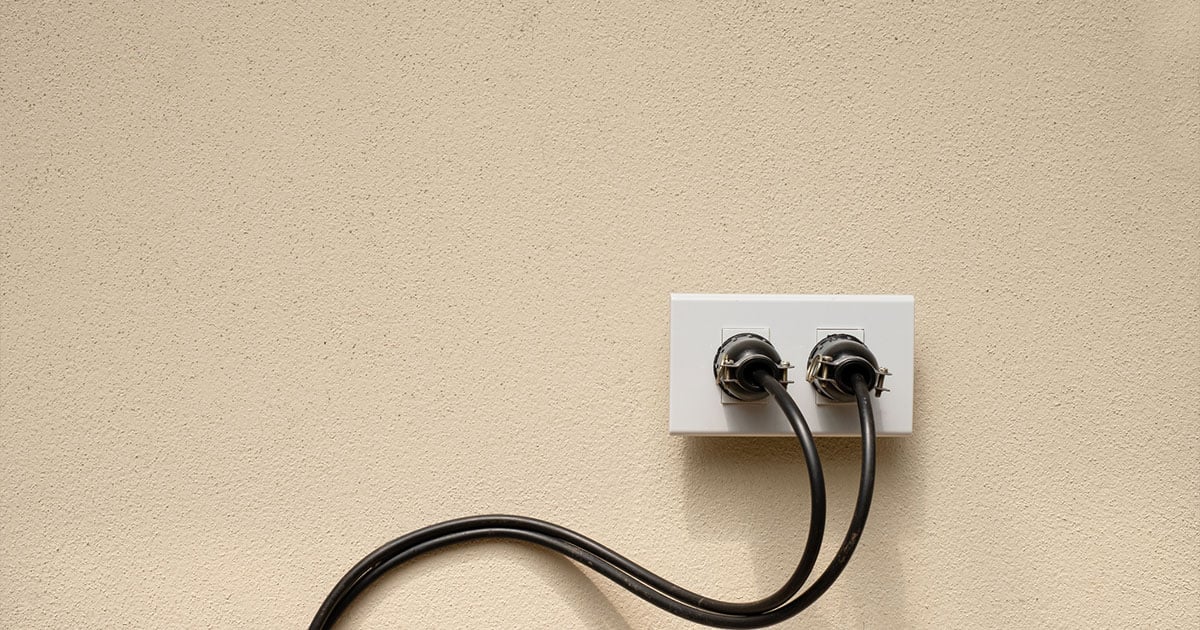
Metal objects that are not grounded can create a dangerous spark that could cause a fire or explosion in the presence of flammable solvents such as butane and propane. When a metal object is grounded, the excess charge is balanced by transferring electrical energy between the ground and charged object. The result is a safe return path for the charge between an object to the Earth.;
In a cannabis lab facility, metal objects are everywhere from ductwork to pipe fittings to vacuums. All objects in the facility, and especially in the production area, should be properly grounded to eliminate the risk of an explosion. Grounding and bonding must be designed in specific ways to ensure code compliance and safety. Only licensed professionals should design and install grounding and bonding systems.
7. Use Explosion-Proof Equipment in Hazardous Areas
Make sure you are operating explosion-proof equipment capable of operating in hazardous work areas. For example, vacuum ovens that are not explosion-proof do not meet building code for use in C1D1 areas. No matter what type of extraction you are performing, it is important to ensure that the materials being used in the system are compatible and safe for use in the environment.;
8. Clean and Maintain Equipment
It should go without saying but cannabis manufacturers should protect their extraction equipment by practicing proper maintenance to protect from the wear and tear. Maintaining their efficient operation not only improves safety in a laboratory, but also ensures that production remains uninterrupted for maximum throughput.
Equipment operators should always follow the manufacturer's guidance on cleaning and maintaining every component of the equipment. Your equipment is only as vulnerable as its weakest components.
Pay special attention to the valves, seals, and connections that can experience wear and tear over time. Eventually, these points of weakness can create a leak of the dangerous solvent or even extract, thereby, reducing yield.
Cleaning and maintaining equipment seems like a boring and repetitive chore, and it is, but regular maintenance pays off in the long run by extending the longevity of your parts and ensuring they are working at their highest performance for more profitable and safer operations.
9. Hire a Quality Control Manager
A dedicated quality control specialist is the primary person responsible for performing regular quality checks on the production floor. Quality control specialists will monitor critical control points and quality control points to maintain good manufacturing practices. It is their responsibility to make sure all workers are also following good manufacturing practices.
Quality control managers can promote safety in the workplace by:
- Ensuring all workers are wearing personal protective equipment
- Keeping equipment well-maintained and clean at all times
- Keeping equipment set up and calibrated for use during shifts
- Performing checks on product batches;
- Performing monthly reports on areas that require attention
- Performing investigations in the event of a close call or accident
A quality control specialist can be the eyes and ears you need on the production floor to make sure everyone's got a safety-first approach at all times. You can never take too many precautions.;
10. Follow HACCP and GMP Standard Practices
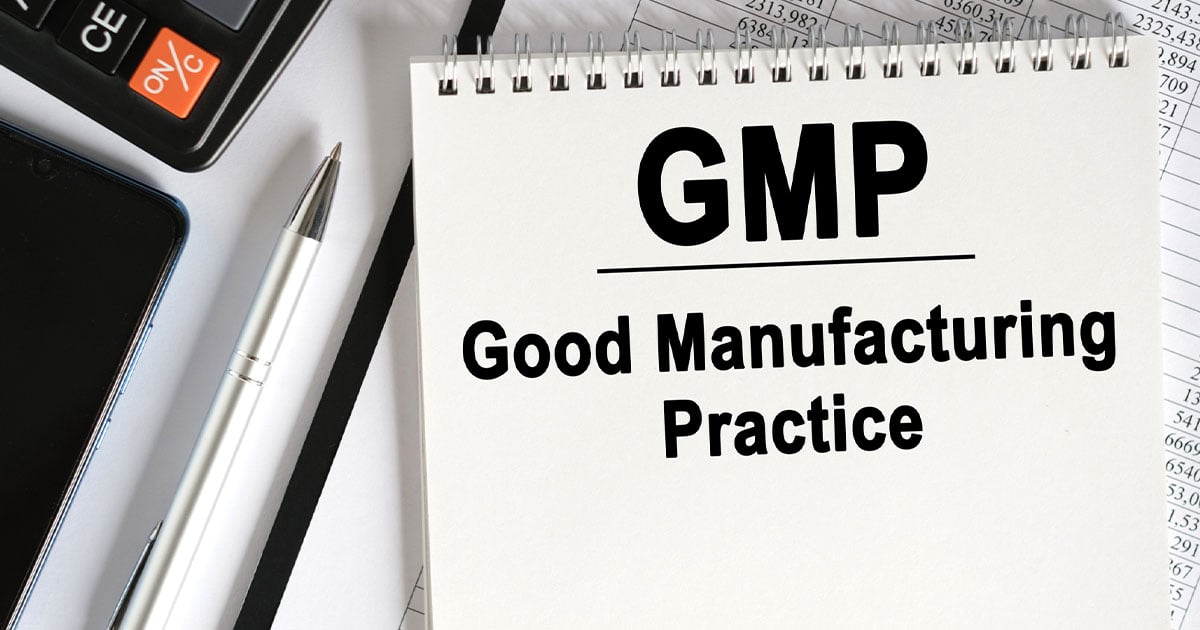
As the cannabis industry matures, it is adapting to new challenges and adopting standard practices used in other industries, such as Hazard Analysis and Critical Control Points (HACCP); and Good Manufacturing Practice (GMP).
HACCP is standard in the food industry and focuses on identifying and addressing potential hazards in the production of cannabis-infused products. An HACCP plan identifies three primary hazards: chemical, physical, and biological.
Physical hazards can include hard and sharp objects such as:
- Glass
- Metal;
Chemical hazards include:
- Solvents
- Detergents
- Pesticides
Biological hazards include:
- Microorganisms
- Bacteria
- Viruses
Following good manufacturing processes from the food and pharmaceutical industries ensures every part of the production process from the materials to the machinery is working optimally. Under GMP, processors must create a documented set of procedures involved in the workflow T\to protect consumers from harmful products and workers from workplace injuries.;
As the industry expands and matures, it is critical to stay on top of the latest safety codes and regulations. New regulations are added regularly to improve the overall safety of the industry. Looking toward these established industries for safety and production protocols can help facilities stay safe and remain competitive.;
11. Inform Your Jurisdictions About Changes in Workflow
Any changes in extraction medium, solvent, or equipment used during the production process should be documented in a technical report and revised by the local authorities to ensure it is safe for use. Not all equipment is approved to handle multiple solvent types, although some are.;
12. Practice Safe Storage of Solvent
Proper storage of solvent in a laboratory can help reduce the risk of fires or explosions. Solvents must be stored in a secure location where they are not prone to falling off. Because of this, you should avoid storing large and heavy solvent containers on high shelves and cabinets. Instead, keep them at shoulder level or below for easier transport and access.
Keeping solvents on the floor is also not recommended unless they have some secondary containment protection to prevent spills and exposure to heat sources. Keeping solvents on the ground in an organized space can help reduce trips and falls.
Where you store your solvents is also critical to laboratory safety. Keep flammable and combustible solvents away from heat sources including direct sunlight. Set up the proper work signs such as “No Smoking” and “No Open Flames” in storage areas with solvents.
All flammable solvents should be stored in a flammables cabinet designed for the purpose and labeled accordingly.;
13. Use the Proper Personal Protective Equipment
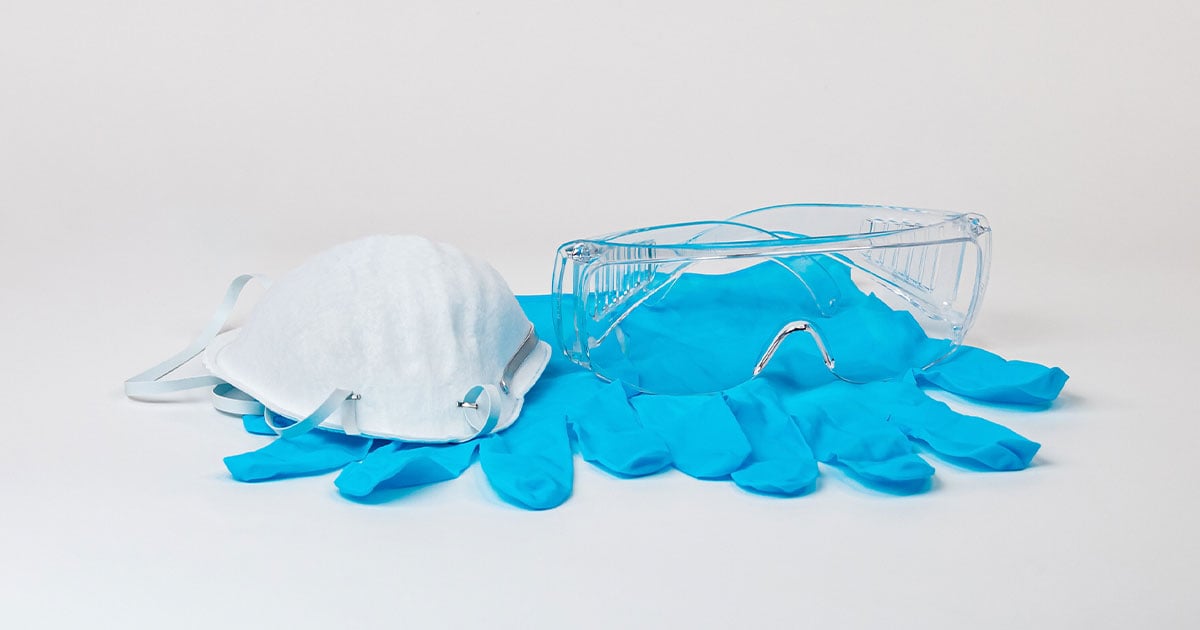
A hazard assessment can determine the potential hazards present in a cannabis processing facility. Employers must train workers on the proper use of PPE to protect them from worksite hazards, including dust inhalation, loud noises, and solvent exposure.
- Hand protection: For handling a variety of materials, different types of gloves provide protection from high or low temperatures, sharp objects, and liquid solvents.
- Respiratory protection: Half face respirators with filters can provide protection against airborne particles that may be harmful.;
- Hearing protection: Cannabis extraction facilities may operate loud equipment that can damage hearing over long term and frequent exposure. OSHA-approved, ear protection such as ear plugs can keep hearing health protected. Hearing bands are recommended for ease of use in a lab environment.
- Face and eye protection: Safety goggles can protect against chemical splashes and airborne debris.
- Body protection: Aprons designed for extraction operators provide the highest level of protection since they are especially designed for protecting against the chemicals used in extraction.
It can be a pain to don on PPE day in and day out but forgetting to put it on just a single time is all it takes. It is there for your protection so use it and use it properly or else it is just weighing you down.;
14. Use Automated Extraction Systems
The type of extraction equipment you have on-site can also affect the level of safety you can reach. With traditional closed-loop extraction systems, operators must manually control the machine. With modern automated extraction systems, the risk for human error is virtually eliminated.
Operators can now pre-program recipes of different end products to seamlessly go from one type of production run to a completely different one. Most importantly, automated systems reduce the number of areas where things can go wrong.
15. Improve Your Safety and Throughput with Luna Technologies
As a leader in butane cannabis extraction equipment manufacturing, Luna Technologies can improve your facilities' safety and production. Our extraction equipment, the IO Extractor, is C1D1 compliant for the utmost safety and designed for scale.;
Safety standards:
- ASME BPVC Sect. VIII., Div. 1
- ASME B31.3
- Class 1 Division 1, Intrinsic Safety
- C1D1 Rated Explosion Proof Motors
- National Fire Protection Agency 58
- International Fire Code
- National Electrical Code
- Canadian Registration Number for all Provinces
- Peer Reviewed for Use in all 50 States
Safety features:
- Two Emergency Stop Buttons
- Normally Closed Pneumatically Actuated Valves
- Facility Gas Detection Interlock
- Facility Ventilation Interlock
- Seismically Engineered Where Required
Our equipment is made from American-made steel with a lifetime warranty on pressure vessels to ensure safety and consistency on every run. Luna Technologies produces automated equipment that is easy to use and gives operators the confidence to produce liquid gold.
